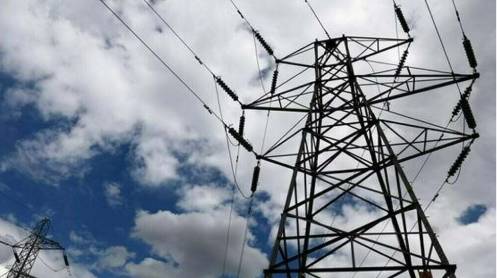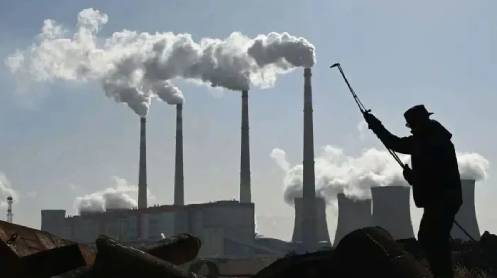Oil bulls predict demand for oil will snap back quickly as global economic conditions improve. The International Energy Agency (IEA), on the other hand, expects a more muted recovery. Not surprisingly you can find any demand forecast needed for either the bull or bear case. And that’s just for short term price and demand forecasts. Longer term demand forecasts have to reckon with negative factors like the rise of electric vehicles including cars, trucks and buses as well as and the nudges of environmental-social-governance (ESG) investing. In addition, the industry faces risks from changes in government policies and competition from even newer technologies. But if we’re looking for positive demand surprises, economic growth in emerging economies in Africa or Asia could accelerate and suddenly require large increments of fossil fuels in the process (Remember China?).
We won’t offer our own demand forecast to compete with those from OPEC, IEA, McKinsey and many others. If the economy, particularly in the US and Europe, snaps back so should consumption of fossil fuels, at least in the short term. Based on historical demand patterns a 10% increase in GDP should produce a 5% rise in fossil fuel consumption. No econometric model required and probably none more accurate. More on that later. It should come as no surprise to readers of this website that the long term demand trends for oil and other forms of fossil fuel consumption point to an industry in long term decline. Whether this is fast or slow we have no idea.
After World War II energy consumption and economic activity grew in like fashion. Then in the 1970s, thanks to the Energy Crisis and geopolitical tensions in which oil prices rose dramatically, consumers became more conscious of energy usage and thereafter energy consumption lagged economic activity. At the same time the economy moved away from production of goods requiring large energy inputs to production of goods and services that depend on knowledge. (Large accounting and law firms for example use considerably less electricity than a steelmaker with comparable revenues.) The key takeaway here is that around the time of the Great Recession, energy consumption patterns declined once again and consumers use even less energy per unit of GDP (See Figure 1 for a simple approximation.)




